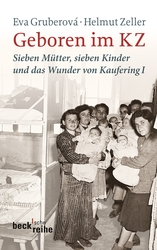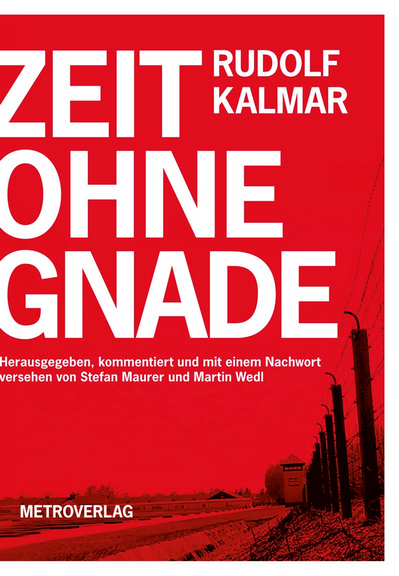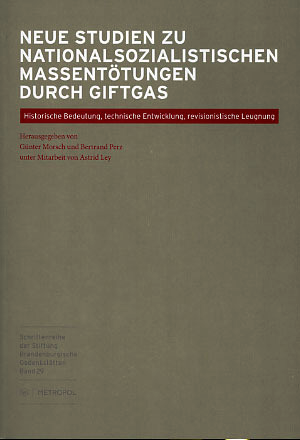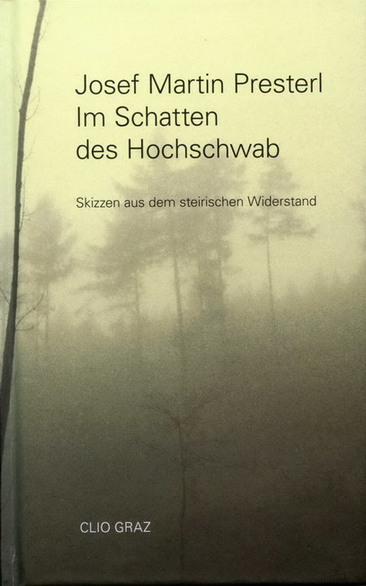Literature tips – Newsletter 2 – 2011
Literature tips
 |
Gruberová, Eva and Zeller, Helmut: Geboren im KZ. Sieben Mütter, sieben Kinder und das Wunder von Kaufering I. With an epilogue by Max Mannheimer. Munich: Beck 2011 As the Americans liberated the Dachau camp on April 29, 1945, they were astonished to find seven women with babies. A miracle was marveled at amidst the destruction. The book by Eva Gruberová and Helmut Zeller
|
||
 |
Kalmar, Rudolf: Zeit ohne Gnade. Edited, annotated and epilogue by Stefan Maurer and Martin Wedel. Vienna: Metroverlag 2009 A harrowing report of seven years spent close to death and one of the most authentic documents from the era of National Socialism: Rudolf Kalmar, journalist, was deported to Dachau on the first transport sent from Vienna; here he was exposed until the end of the war to the tyranny of the Nazi terror machine. He survived and in 1946 wrote this haunting and poignant book about everyday life in the concentration camp, which upon publication attracted international attention. Edited, annotated and its reception history outlined, it is now once again readily available to the reading public.
|
||
 |
Morsch,
Günter, and Perz, Bertrand (eds.), assisted by Ley, Astrid : Neue Studien zu nationalsozialistischen Massentötungen durch Giftgas. Historische Bedeutung, technische Entwicklung, revisionistische Leugnung. Berlin : Metropol 2011. (Schriftenreihe
der Stiftung Brandenburgische Gedenkstätten ; vol 29) More than a quarter of a century after the first comprehensive study on
|
||
 |
Presterl, Josef Martin: Im Schatten des Hochschwab: Skizzen aus dem steirischen Widerstand, ed. with an introduction by Heimo Halbreiner and Karl Wimmler. Graz: Clio 2010.On April 26, 1948, the Styrian Josef Martin Presterl was sentenced to death in the so-called Dachau Trail held in Ljubljana – a Titoist show trail – and executed. Studying to become a teacher in the 1930s in Graz, he was expelled from the teacher training college in 1935 for political activities. Becoming a writer, Presterl was both a political and literary mentor for Richard Zach. At the end of 1936 Presterl went to Spain to fight for the Republic against Franco; after the defeat of Republican Spain he was sent to a French camp and from there finally to Dachau concentration camp. Following liberation in 1945 Presterl returned to Graz, becoming |
